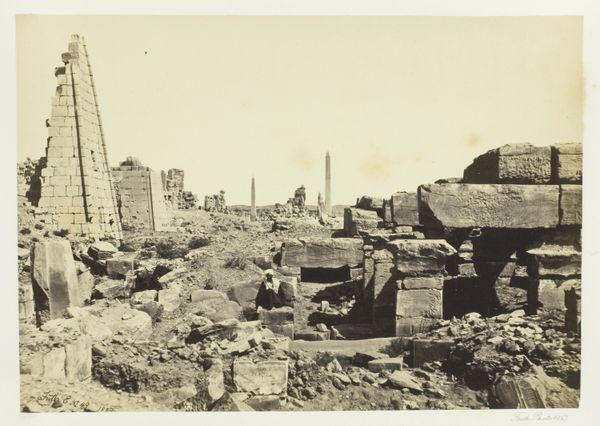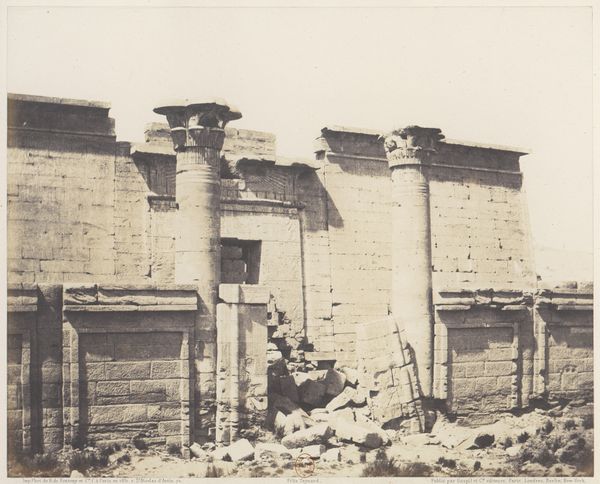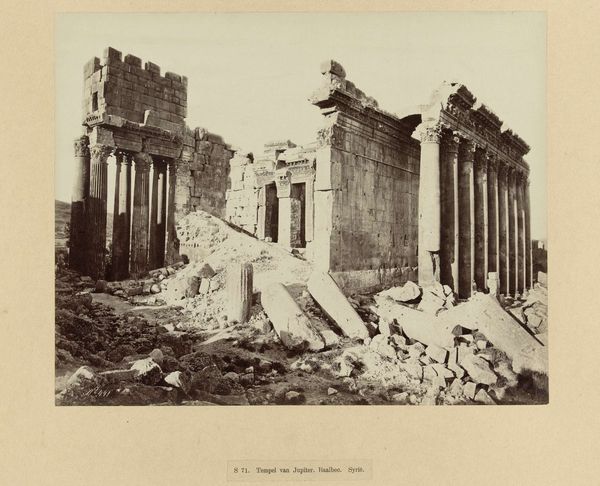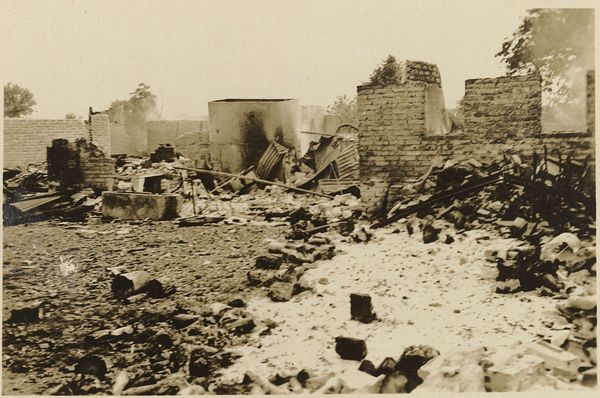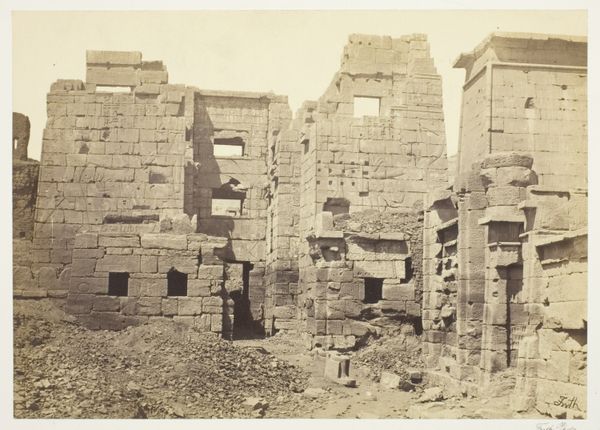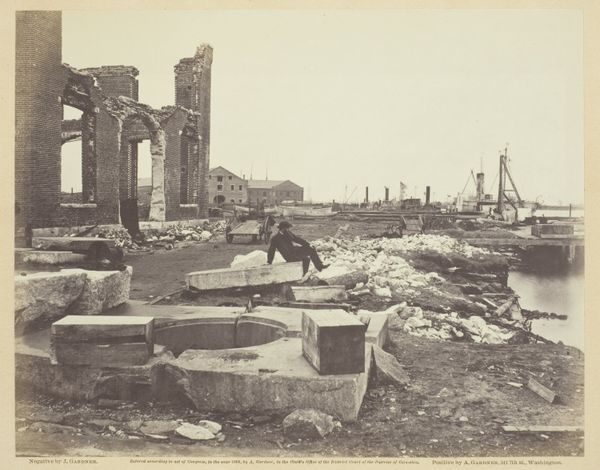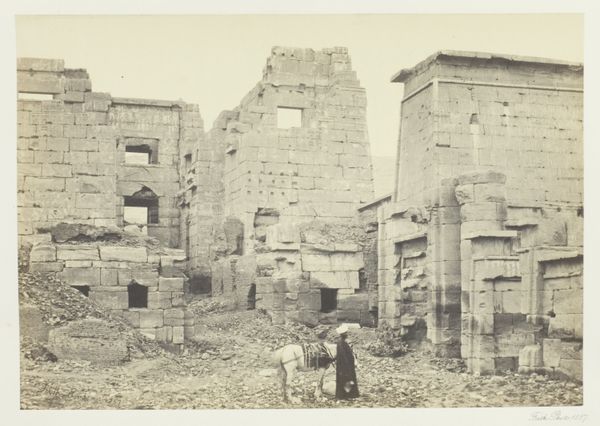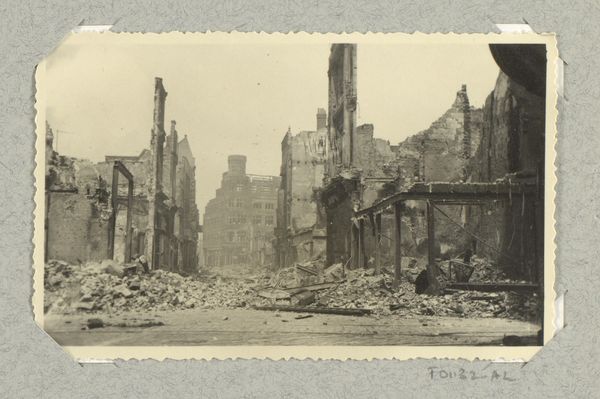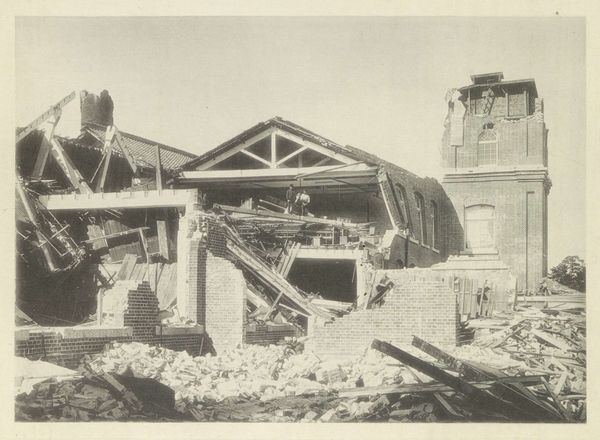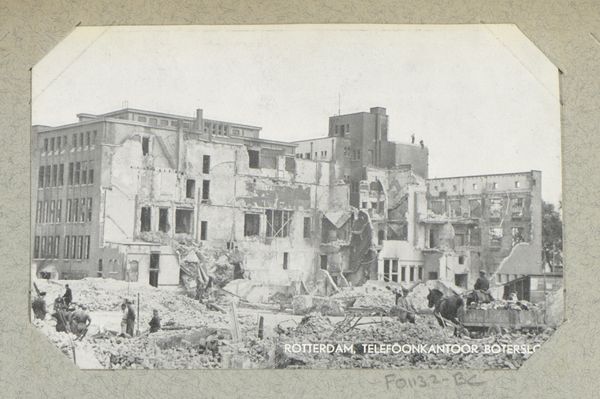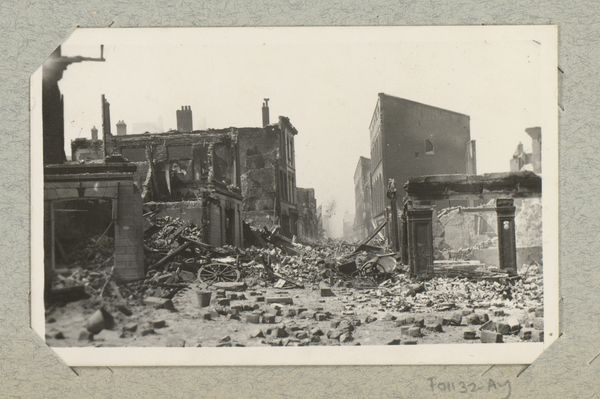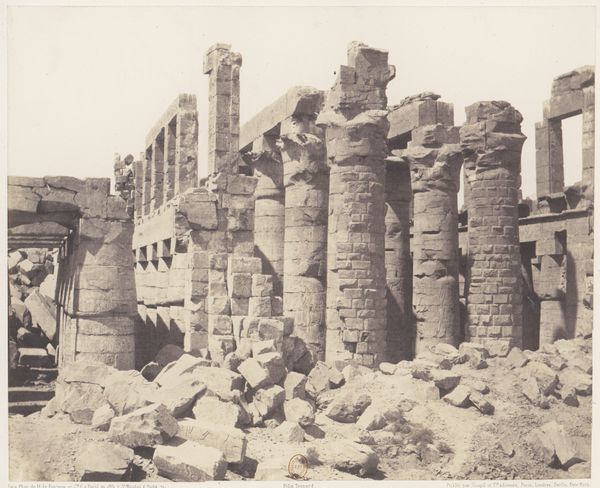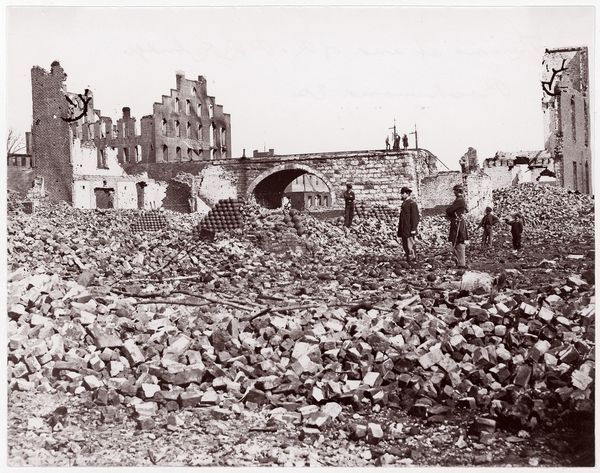
silver, print, photography
#
16_19th-century
#
silver
#
photo restoration
#
natural tone
# print
#
war
#
natural cool tone
#
outdoor photo
#
natural colouring
#
photography
#
outdoor loving
#
egypt
#
england
#
nature friendly
#
nature environment
#
men
#
agriculture
#
outdoor activity
Dimensions: 15.7 × 22.9 cm (image/paper); 29.7 × 42.7 cm (album page)
Copyright: Public Domain
Editor: Here we have Francis Frith's "The Broken Obelisk, Karnac" from 1857, a silver print capturing the ruins. It feels quite melancholic, seeing such grand structures reduced to rubble. How do you interpret this work, especially given its historical context? Curator: What strikes me is the visual tension between the enduring architecture and its fragmentation. Frith, an Englishman documenting Egypt, participates in a long history of Western gaze upon the East. Whose narrative is centered here? Is it a lament for lost grandeur, or a celebration of British colonial reach, capturing a fallen empire? Editor: I hadn't considered the colonial aspect so explicitly. It's strange to think that the very act of documenting these ruins could be seen as an assertion of power. Curator: Exactly! And think about the visual language: the obelisk, a symbol of ancient power, is broken. How does that fragmentation mirror the fracturing of Egyptian sovereignty under colonial influence? We need to be critical about how images like this reinforce dominant power structures. Were the local people visible? Are they props, part of the scenography of "a place to conquer"? Editor: I see your point. The figures are present but don’t interact or occupy the focus. Is it also worth questioning Frith's role in perpetuating orientalist stereotypes, then? Curator: Precisely. By analyzing the gaze, the composition, and the context, we uncover layers of meaning about the artist, the subject, and the power dynamics at play during this period. Editor: It makes me rethink how photography from this era can be both a historical document and a form of cultural commentary—intentional or not. Curator: Right. And by examining the image through various critical lenses – postcolonial theory, orientalism – we challenge the surface and ask crucial questions about representation and power. It is both his eye and the British imperial vision. Editor: I am grateful that you've broadened my perception. I hadn't fully appreciated the complexities inherent in this image. Thank you for illuminating it for me!
Comments
No comments
Be the first to comment and join the conversation on the ultimate creative platform.
